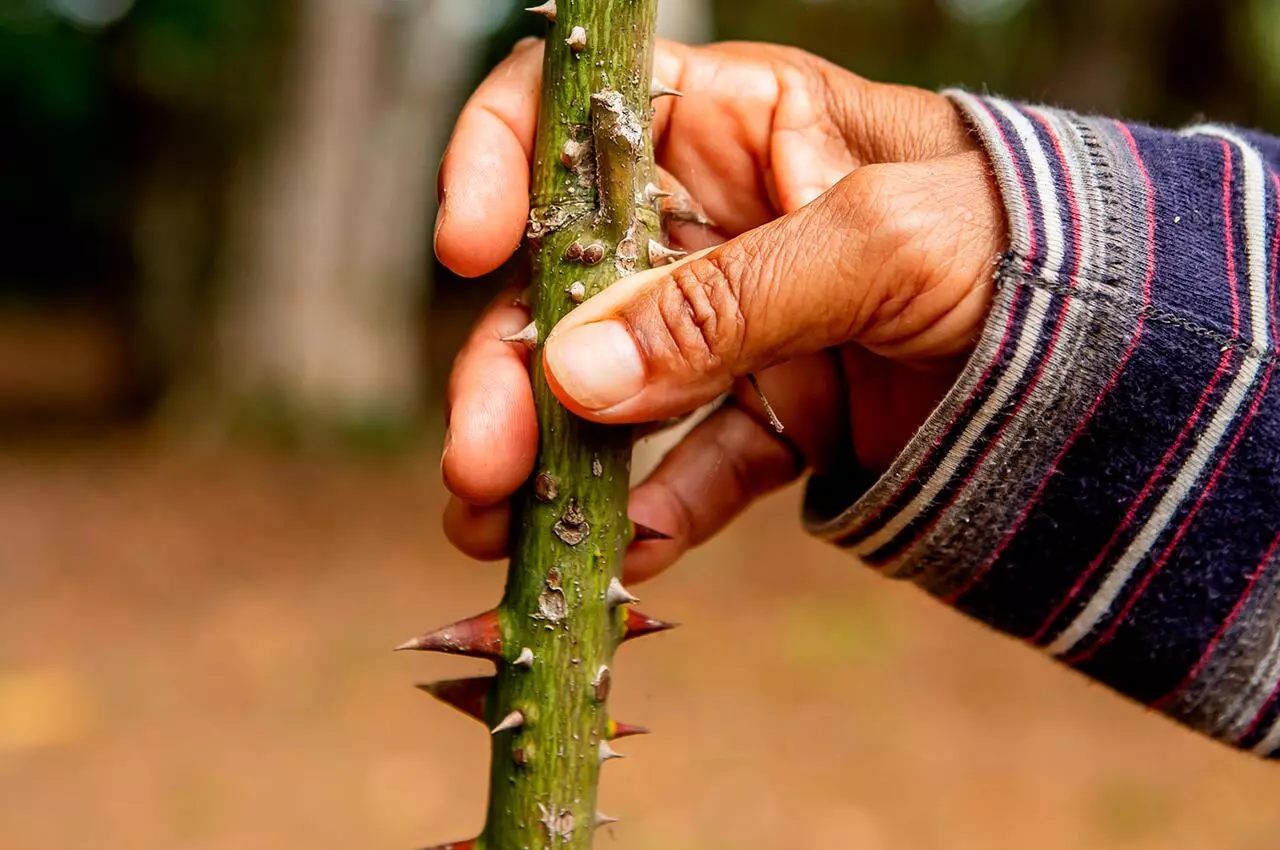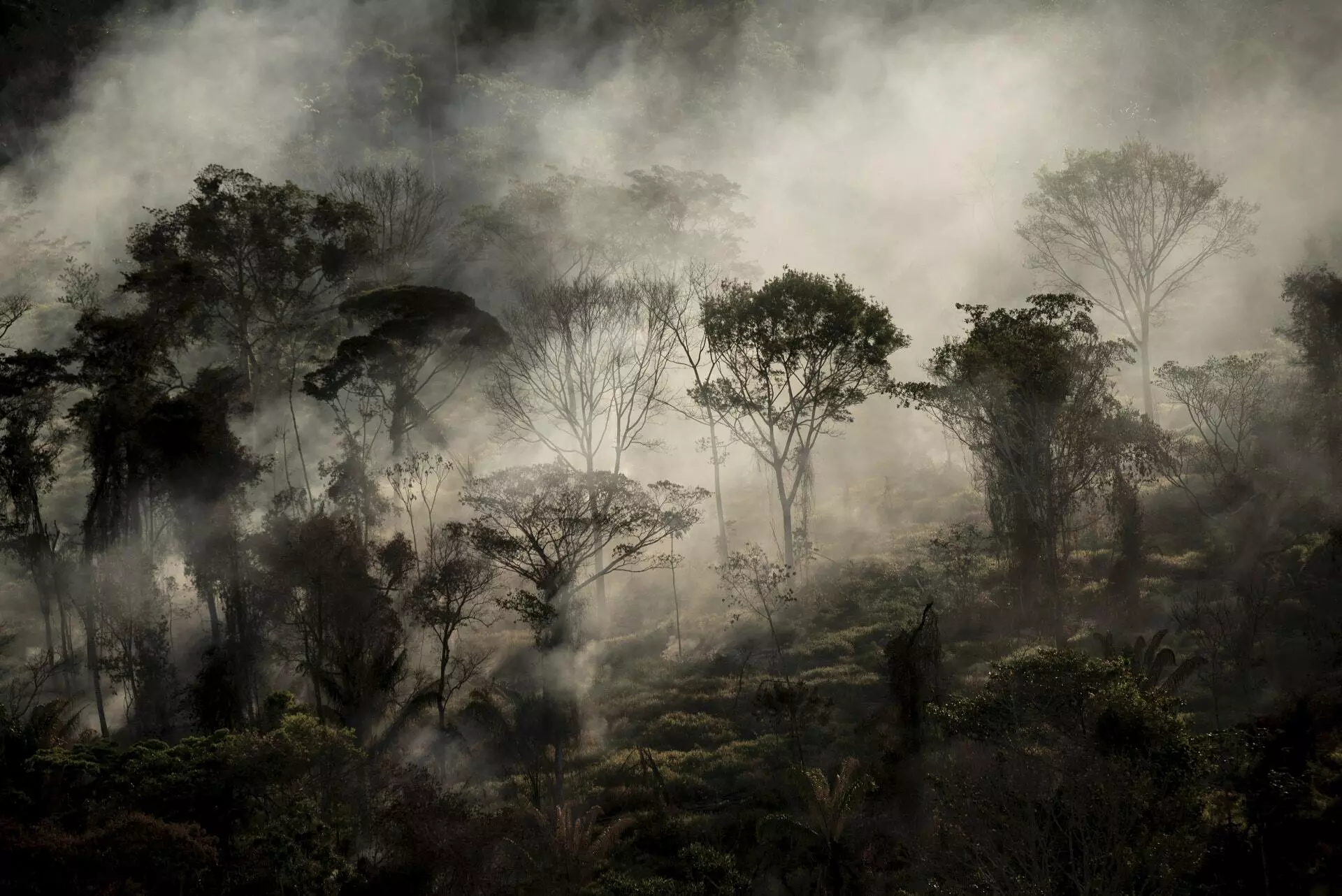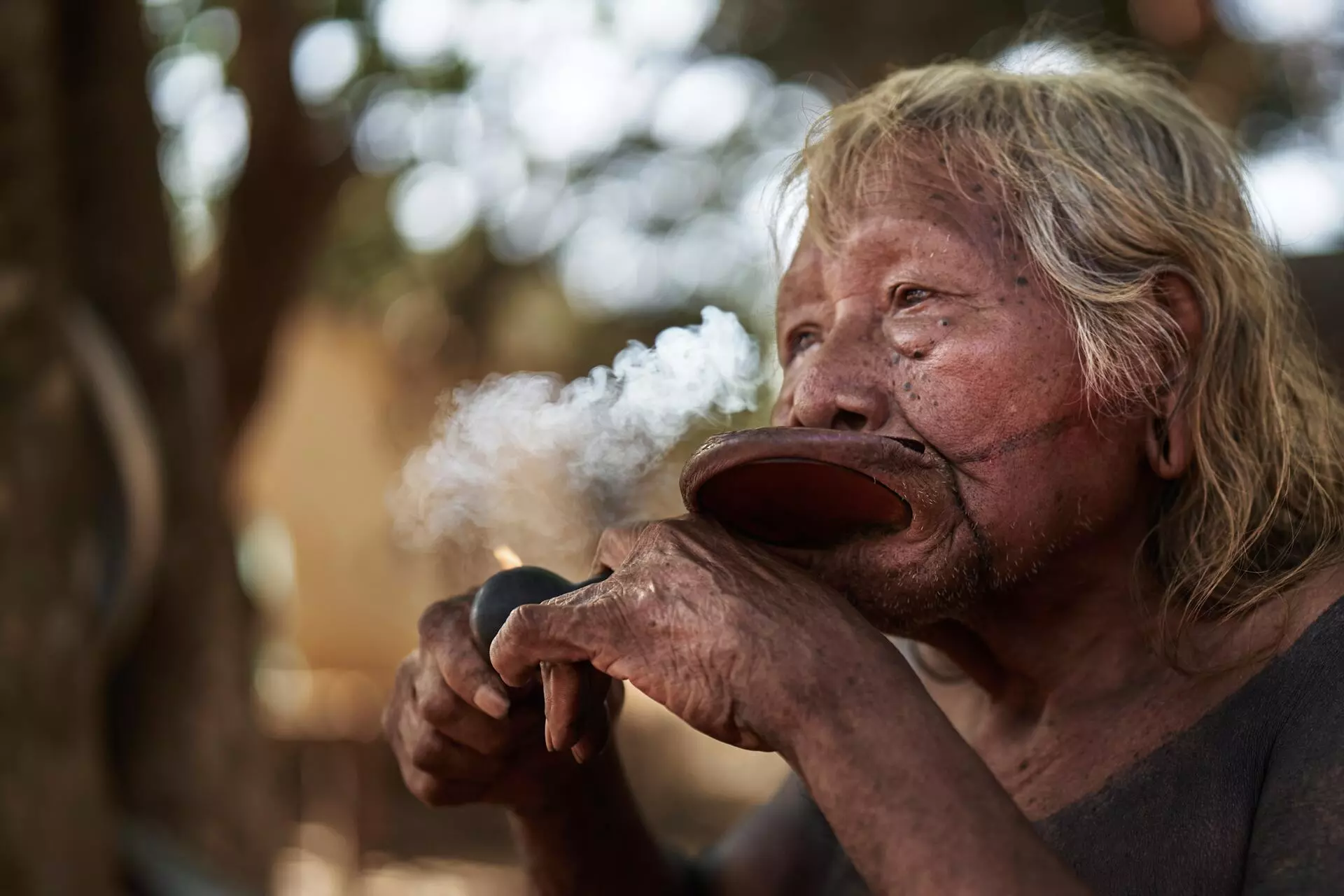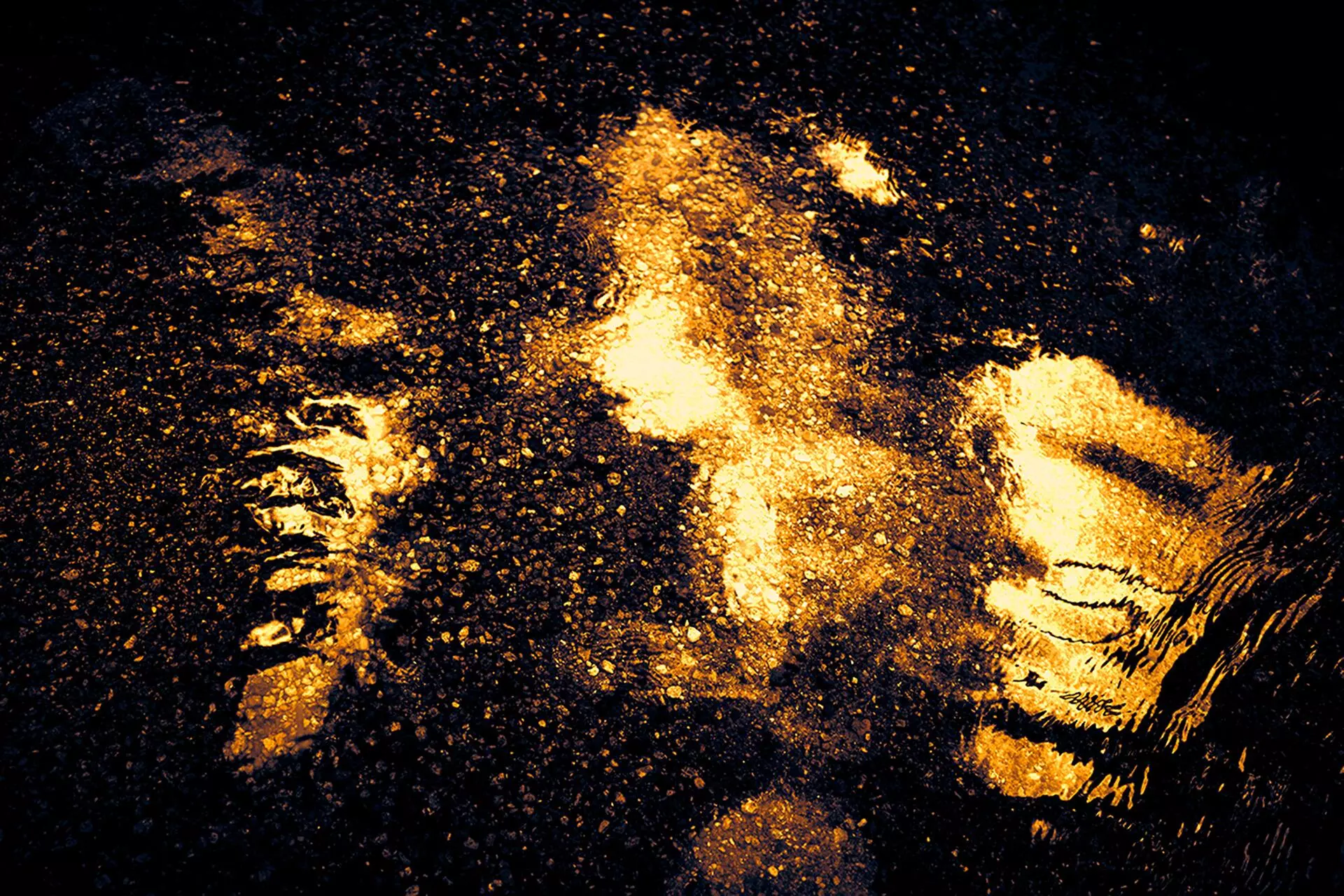“Fátima, where do the Yanomami go when they die?”
“To hutu mosi.”
“And where is hutu mosi? Have you ever been there?”
“I’ve been there in my dreams. Hutu mosi is in the sky. It seems far away but it’s close. It’s beautiful. There’s a lot of abundance. The Yanomami always dance and sing there, the women and men become young girls and boys, and they’re always adorned. Everybody lives a happy life in hutu mosi.”
“How can they live happy if they’re dead?”
“Their body dies but their image is transformed into pore. They’re pore, but they’re still alive.”
The image that is transformed into pore when a person dies is the same part of the person that detaches from the body during dreams. The Yanomami term for this is pei utupë, the image all beings hold inside them. Utupë can also refer to a reflection or shadow. So the image you see in a mirror is an utupë, just like a photograph or picture you see on TV.
For a Yanomami to die, all the parts that make up the person must be destroyed.
“What do you white people do when a relative dies?”
“We bury them.”
“You put your dead in the ground?! You leave them to rot alone? How can you do that?”
“That’s what we do with our dead. Sometimes we cremate them, like you Yanomami do.”
“And what do you do with the things that belonged to the dead?”
“We leave them to our children.”
“How can you leave dead people’s things to the living? The living will keep looking at those objects and won’t be able to forget the dead, and they’ll suffer. You whites are really a different kind of people!”
These are snippets from some of my conversations with Fátima, a forty-year-old Yanomami woman who I grew to know quite well and from whom I learned a lot about the world of the people who hold up the sky. Fátima’s astonishment derives from the fact that things belonging to the deceased carry the mark of the dead and therefore cause sadness and aching in those left behind. In the Yanomami way of thinking, we must separate the dead from the living, and everything that evokes the dead must be erased, a process involving a series of complex funeral rites sometimes lasting years.
An image is part of the deceased, as is their name. Therefore, when someone dies, their name should no longer be uttered, because calling their name brings them closer and the living must distance themselves from the dead; the dead must be forgotten, so they can go to hutu mosi for good, and the living can go on living.
Everything that belonged to the deceased must be destroyed. This explains why an image—a fundamental, constituent part of the Yanomami person—is so precious and must be treated with so much care. This also explains why some days ago, the Yanomami asked everyone to stop sharing a photo of a severely malnourished elderly woman. She had passed away but, in Yanomami thinking, she can’t die as long as her image remains on this plane, reviving the pain of her absence inside the living.
Davi Kopenawa, Yanomami shaman and political leader, knows his image will stay on even after his death. He made this concession in the understanding that the world needed to learn what the Yanomami were going through in the late 1980s and early 1990s during Brazil’s first gold rush. Yes, this tragedy happened once before but never on the scale of today. It is as if Davi had somehow relinquished his own image, and thus his posthumous fate, so his people might go on living.
The images captured by the photographer Claudia Andujar also had to travel the world to bear witness to the tragedies brought by construction of the Perimetral Norte highway in the 1970s and, later, in the 1980s, by the illegal mining boom. In 1993, a photograph of the Consolata missionary Carlo Zacquini with a group of Yanomami women made the front pages of major newspapers around the world. The image showed the women with blackened faces, holding gourds. They were in mourning. The gourds contained the ashes of their dead, murdered in the Haximu massacre, considered the first case of genocide officially recognized by Brazil’s judicial branch: sixteen Yanomami—children, adults, the elderly—had been brutally killed by a group of prospectors.
These images had to come to light and then travel the world so that napë pë —white people—could understand the extent of the human tragedy experienced by the Yanomami. This year will mark the thirtieth anniversary of the Haximu genocide, and tragedy is repeating itself. But this time, there are photographic records to prove what is happening deep in the rainforest. We, the “commodities people”—as Davi Kopenawa calls us—are also “image people,” and it is through images that we are able to recognize the catastrophe that has befallen the Yanomami.
If these reports were not accompanied by the heartbreaking images published by SUMAÚMA—images that have swept across social media platforms—they certainly would not have the necessary impact. We napë pë only believe what we see, and this is why images are so important. But because we need images, Yanomami are dying today without being able to die. Over in the Yanomami rainforest, images also have their place. The relatives left behind cannot stand the pain of losing someone when they know part of the person will remain in the world of the living so long as their image remains, kindling memories of someone they must forget.
In the early days of the pandemic, a number of Yanomami mothers lost their babies, who were falsely diagnosed with COVID-19 and buried in the city of Boa Vista, capital of Roraima, without the mothers’ consent. These mothers returned to their communities without their children, not only because they had died but because the mothers could not cry over their babies’ bodies and do their mourning. It was impossible to separate the living from the dead.
The pain felt when the Yanomami cannot offer their dead the proper funeral rites, because their bodies are missing—or part of their bodies, their image—is not peculiar to the Yanomami. We napë pë have our own rites. For the families of the three people whose bodies were never recovered after the Brumadinho tailings dam collapse in 2019 or the families and friends of those who were “disappeared” by Brazil’s business-military dictatorship (1964-1985), there is a void that can never be filled, a grieving that never ends, because their bodies have never been found and therefore they cannot be properly mourned.
The Yanomami make an ongoing effort to forget their dead, knowing that when they die, everyone will meet in hutu mosi, a much better place where they will be happy. As Fátima says, “They’re pore, but they’re still alive.”
The idea of erasing the dead from our memories may seem strange to us napë pë, since we record everything and never want to be forgotten, especially after we die. But if there is something the Yanomami do not forget, it is those who killed their dead. For the Yanomami, no death is natural; it is always caused by someone else, it always comes from outside. The 570 Yanomami children who died in the last four years did not die by chance or for no reason. They were killed by the Bolsonaro government’s willful policy. Yes, it was genocide—and this time there will be no amnesty.
Hanna Limulja is an anthropologist and Indigenous expert. She has worked with the Yanomami since 2008 and with NGOs in Brazil and abroad, including the Pro-Yanomami Commission (CCPY), Instituto Socioambiental (ISA), Wataniba, and Survival International. She is author of the book O Desejo dos Outros – Uma etnografia dos sonhos yanomami [The desire of others: an ethnography of Yanomami dreams] (Ubu, 2022).
Translated by Diane Whitty
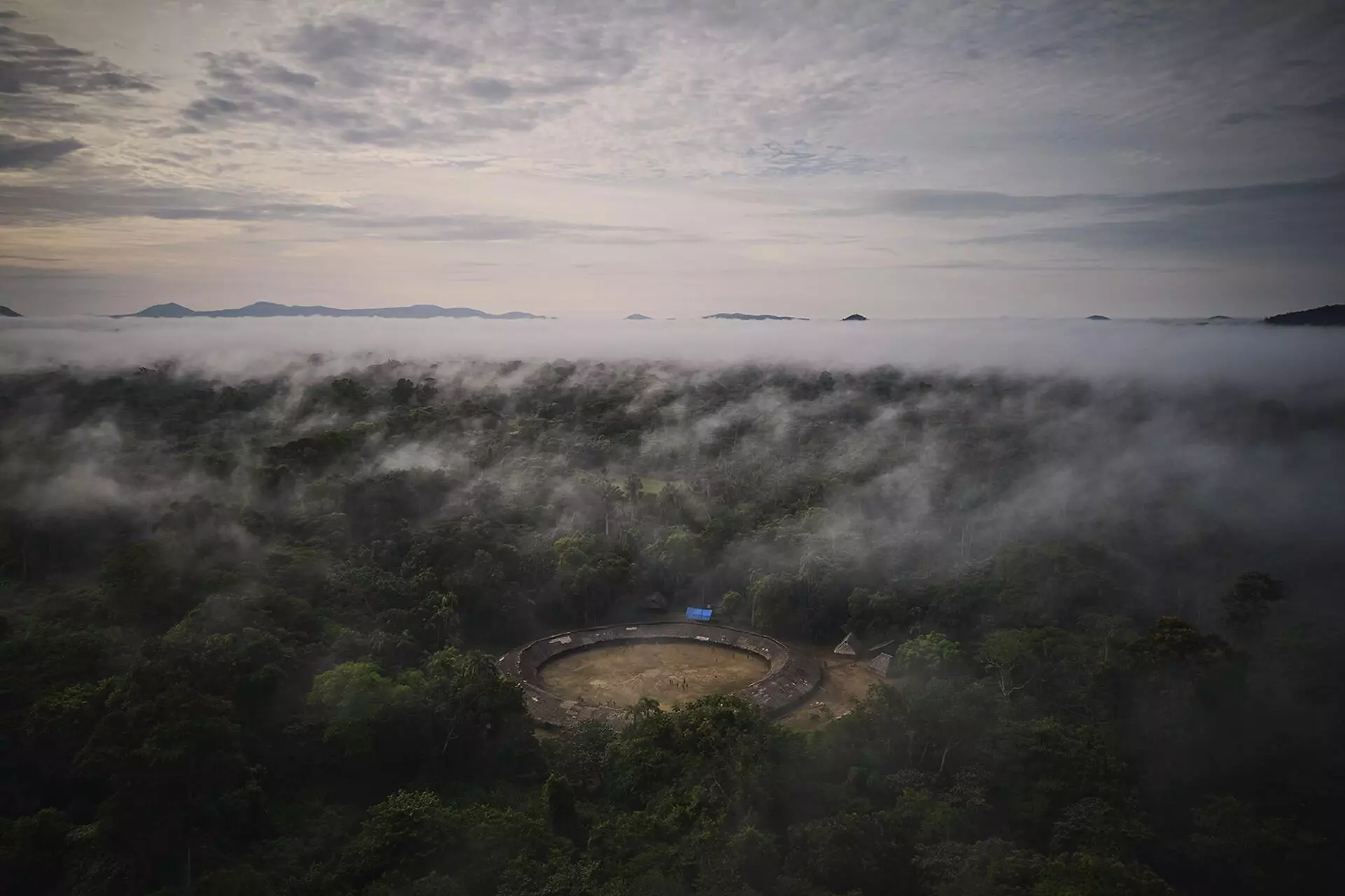
Aerial view of the Demini village, in the Yanomami Indigenous Land, State of Amazonas. Photo: Pablo Albarenga/SUMAÚMA

